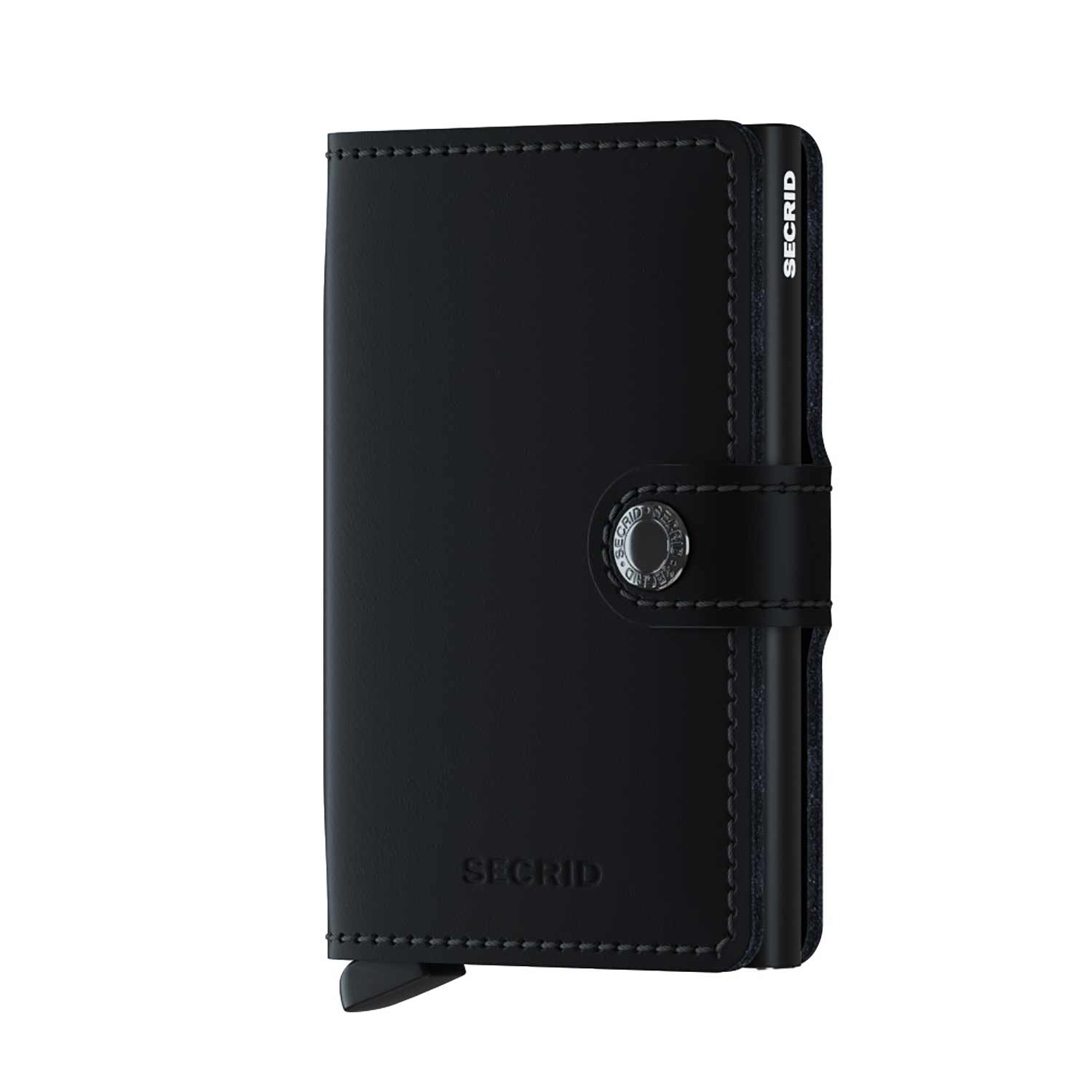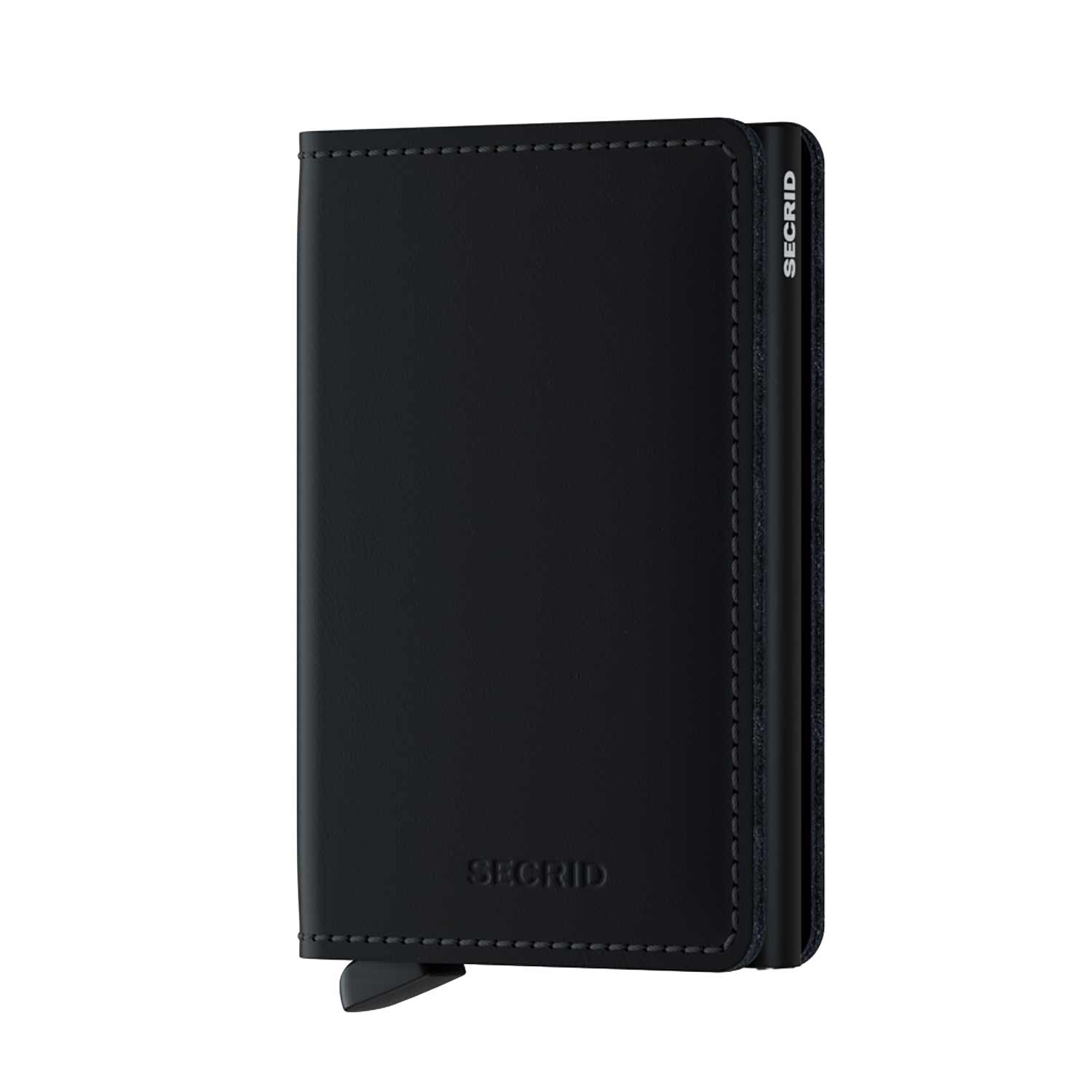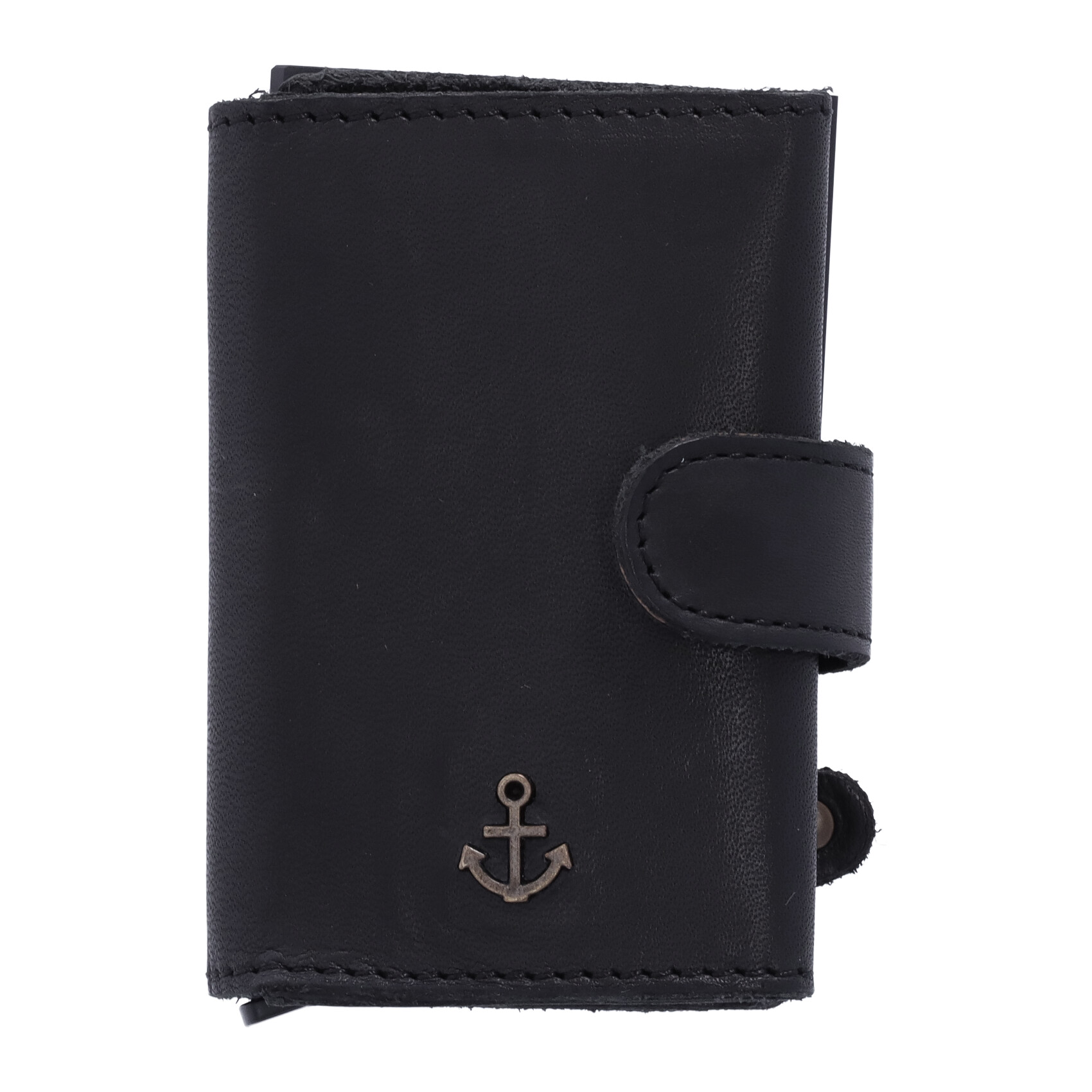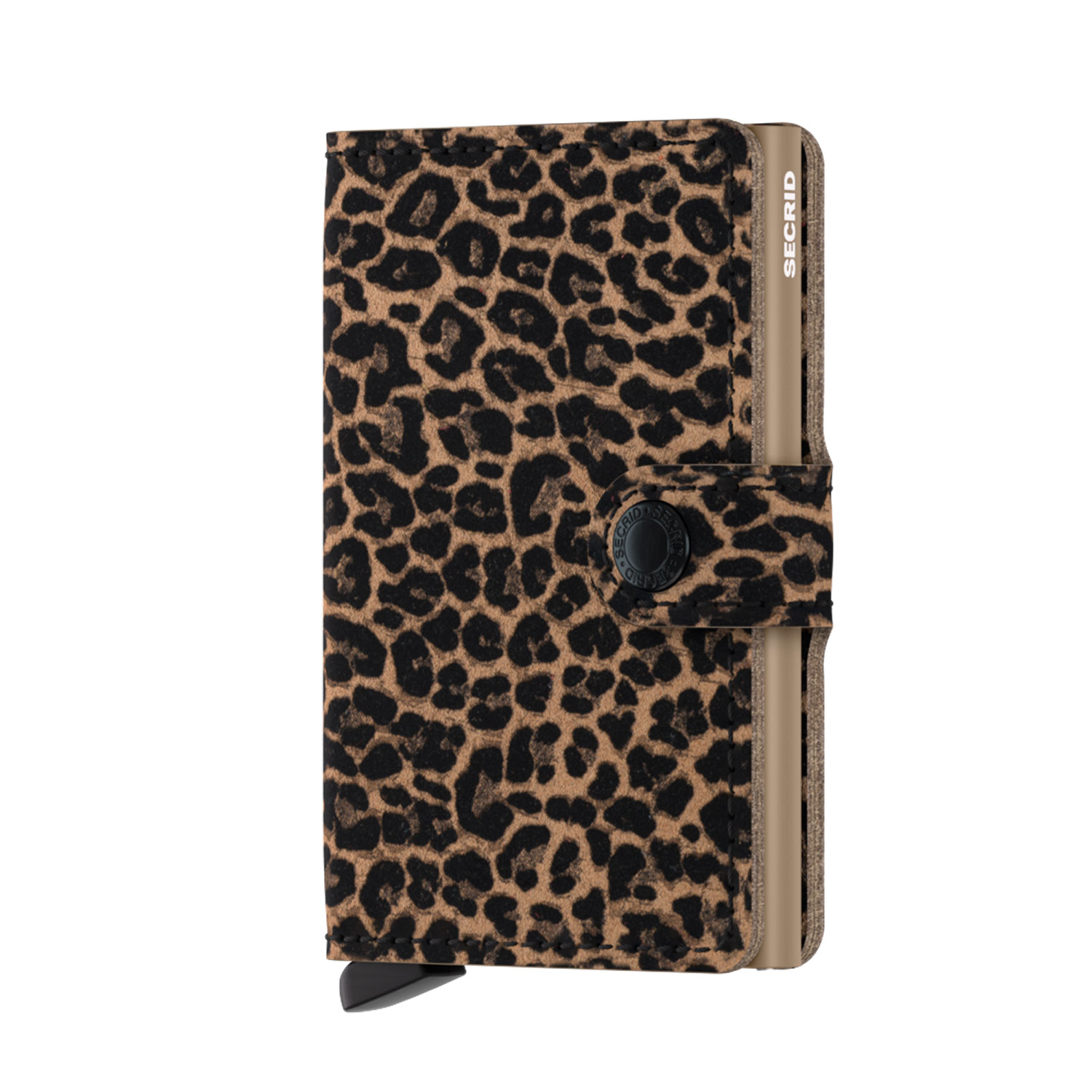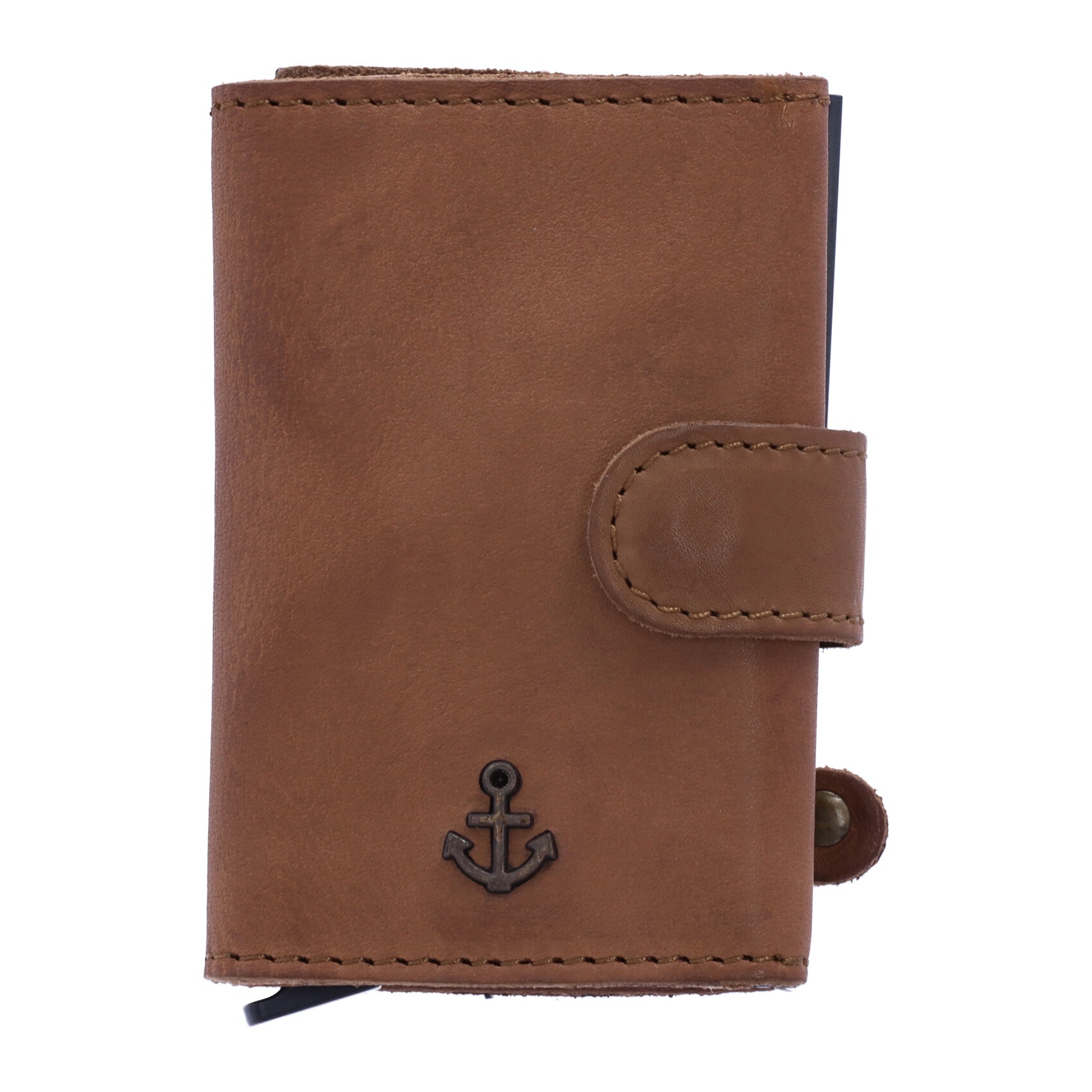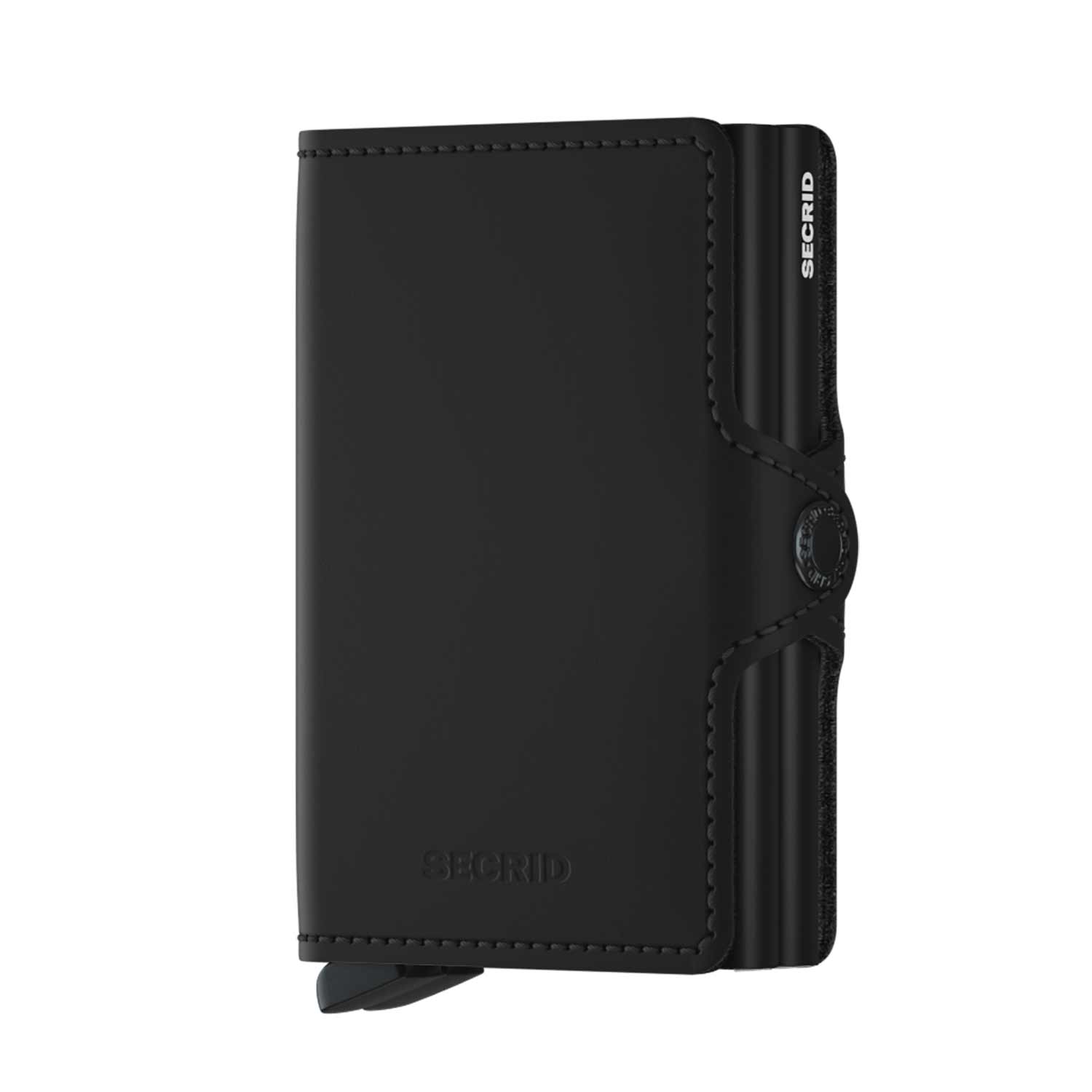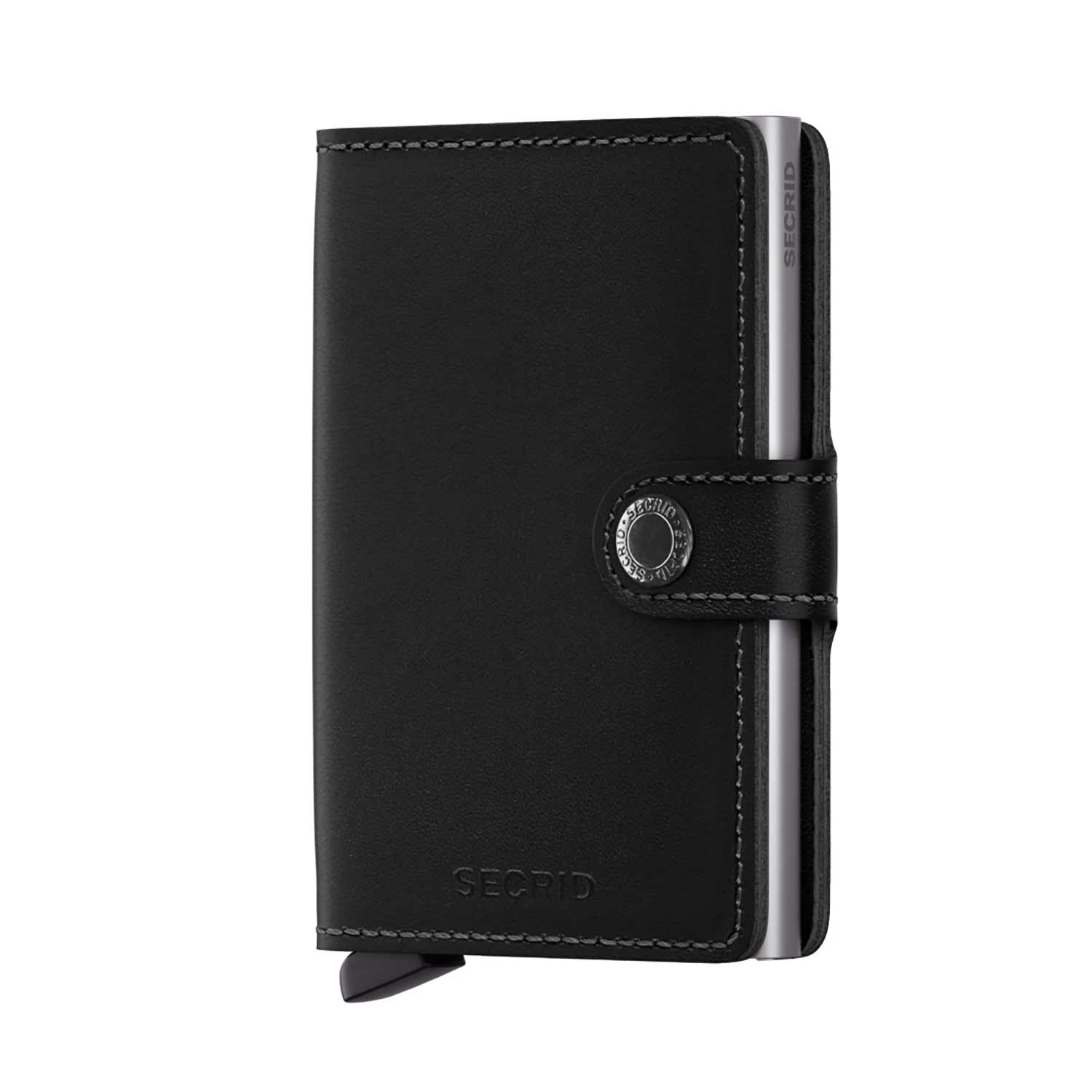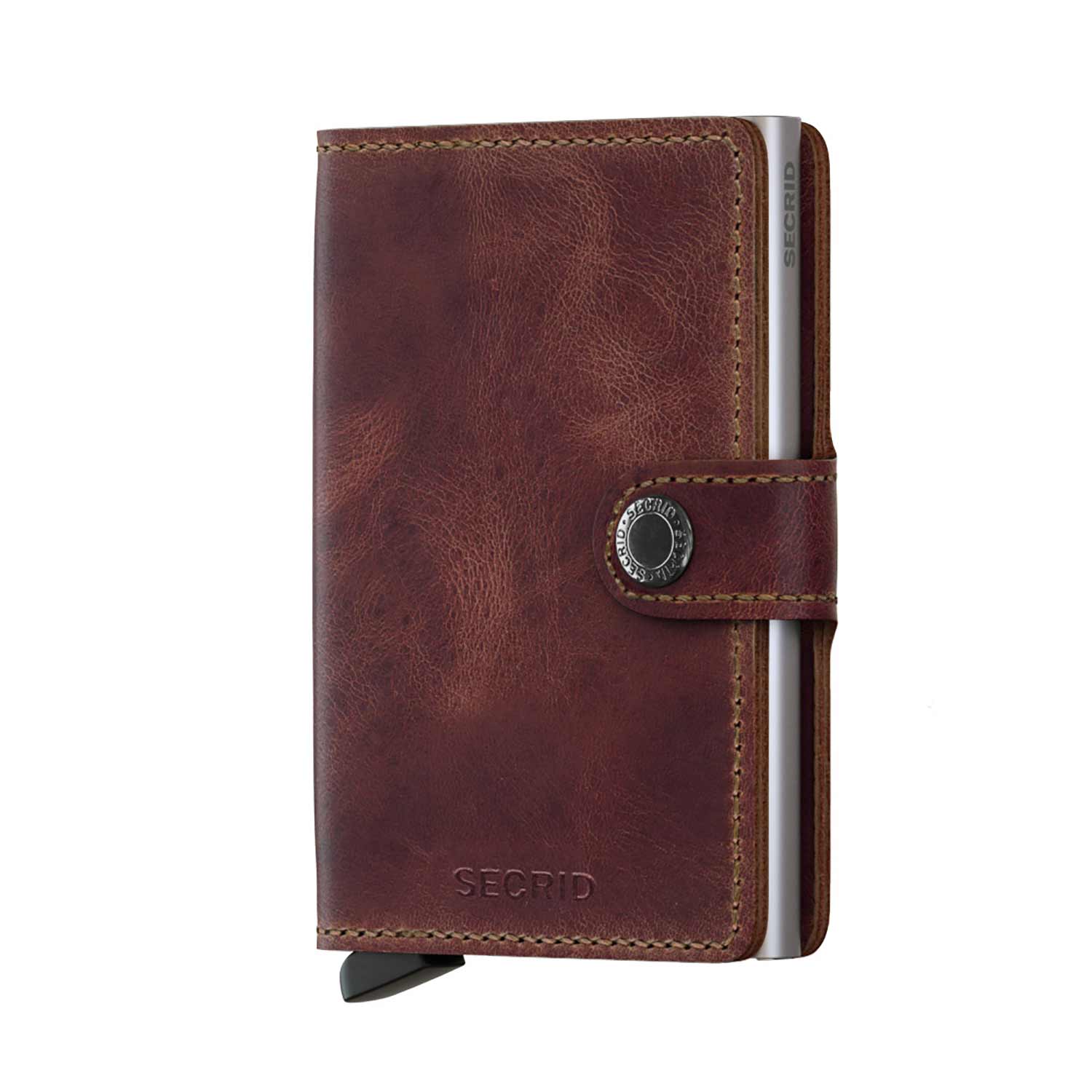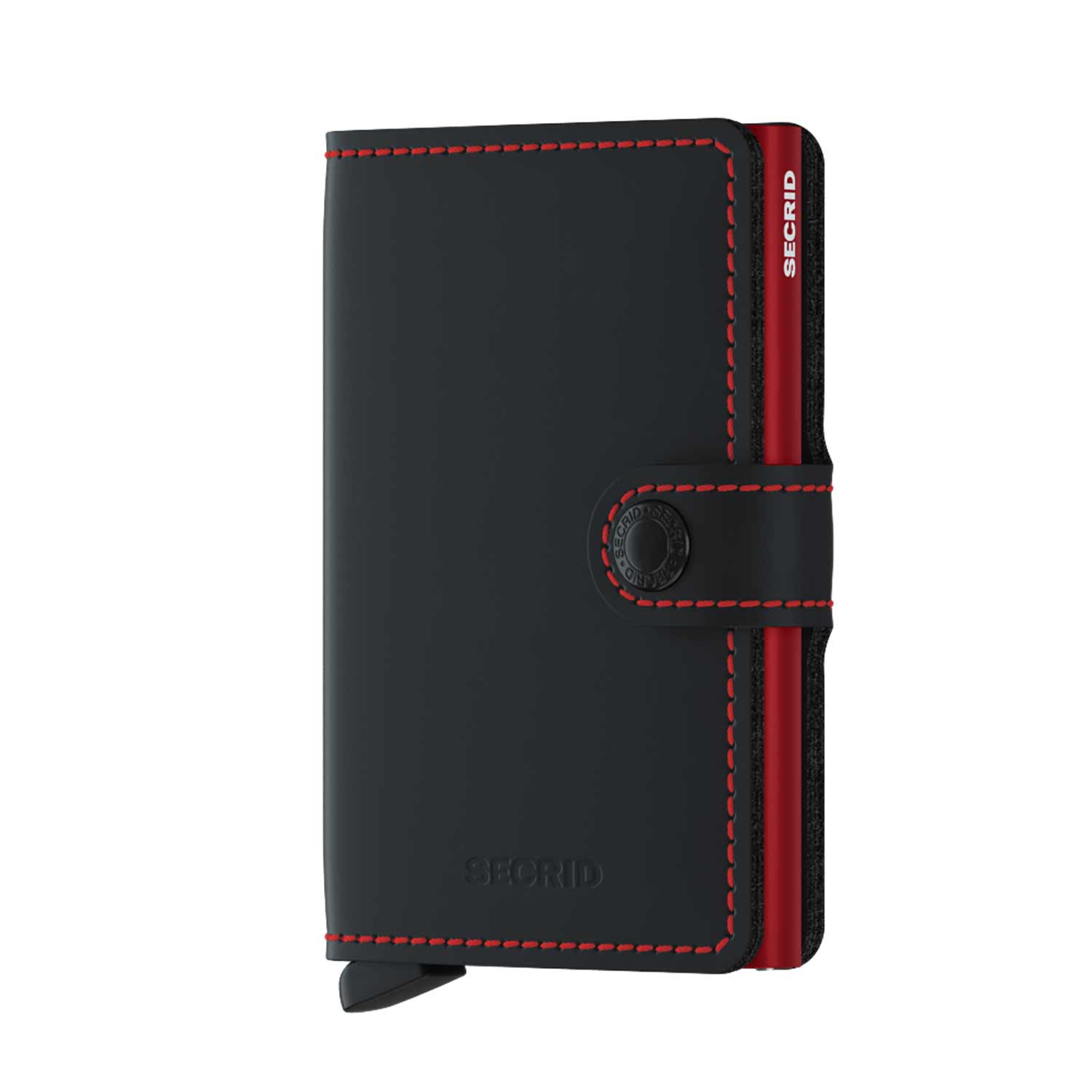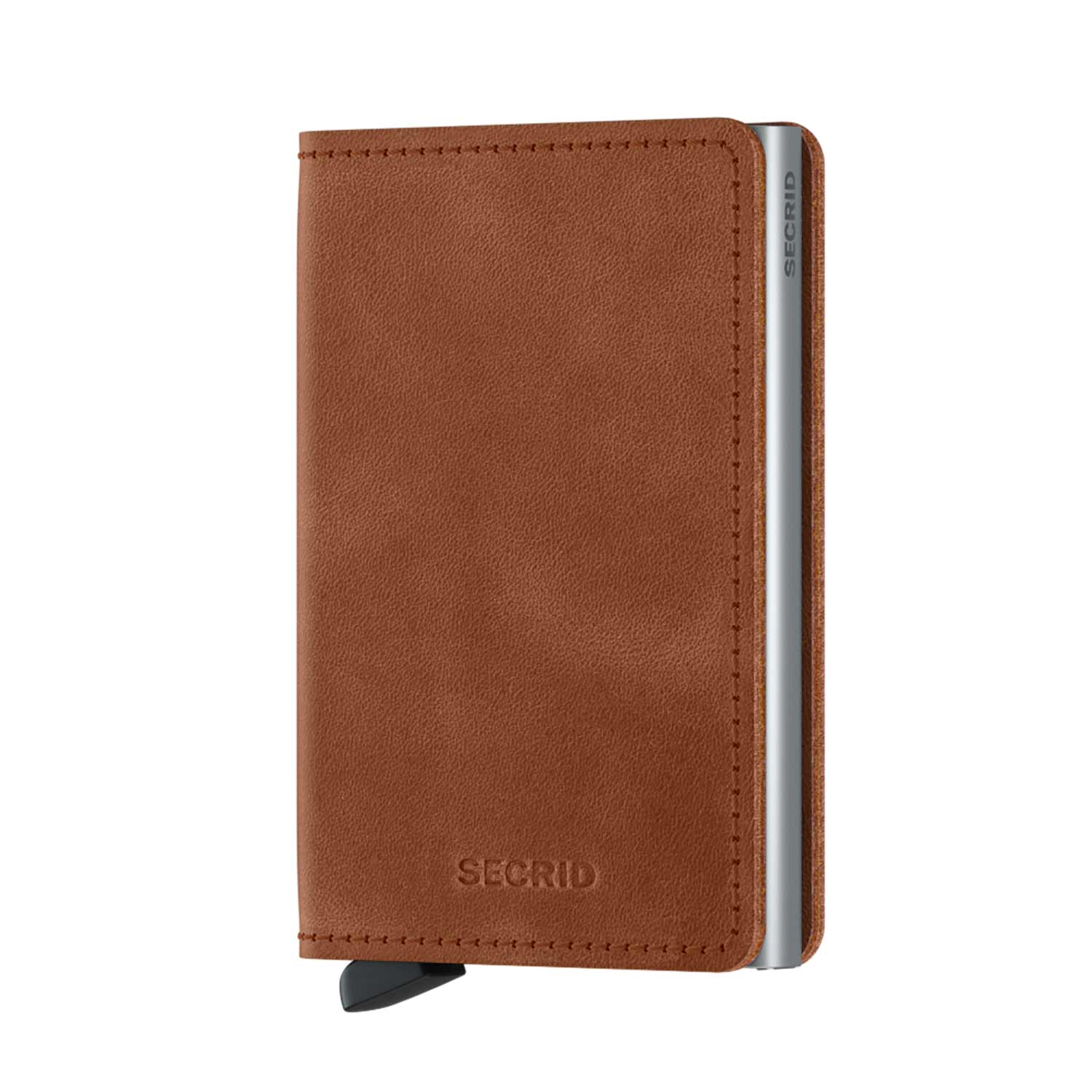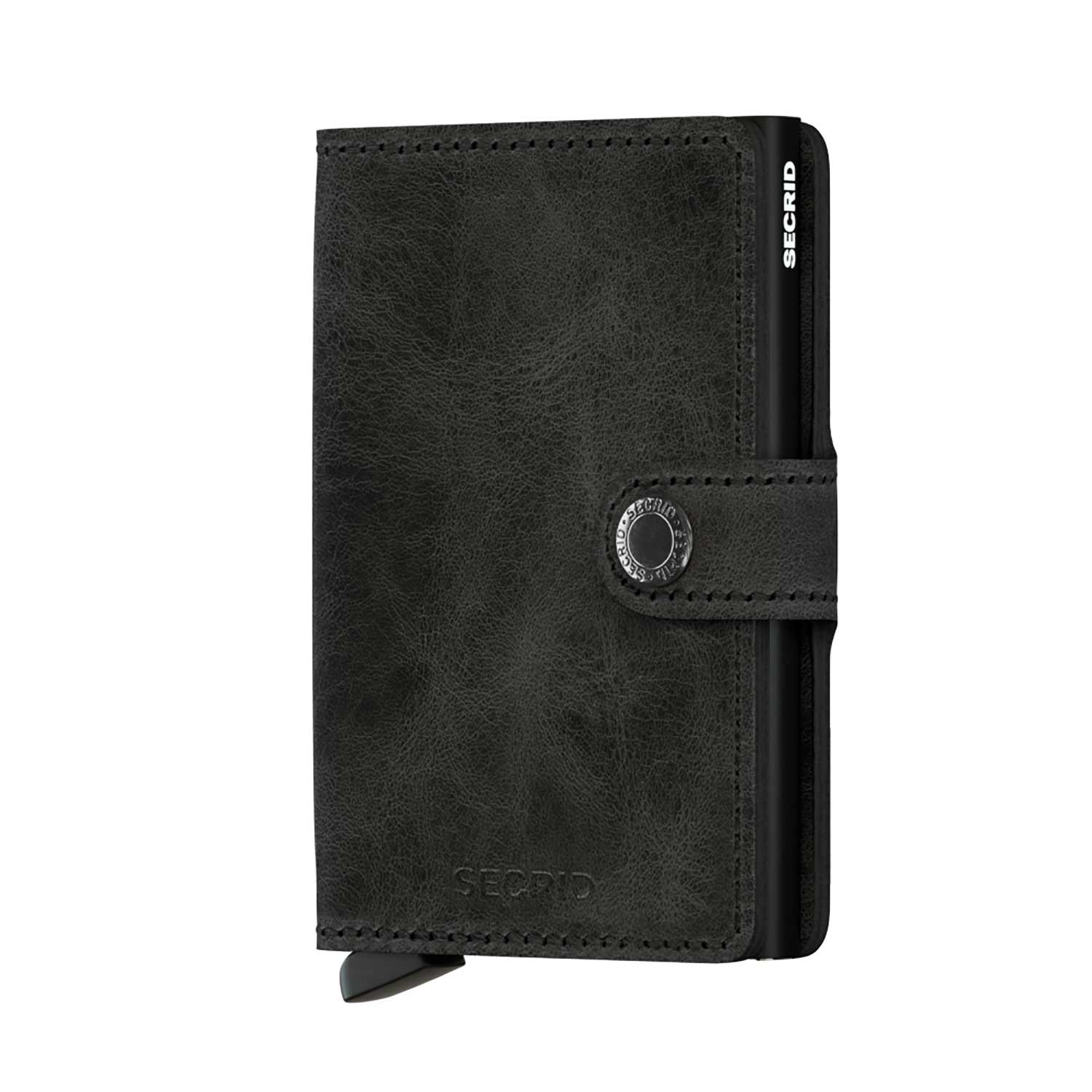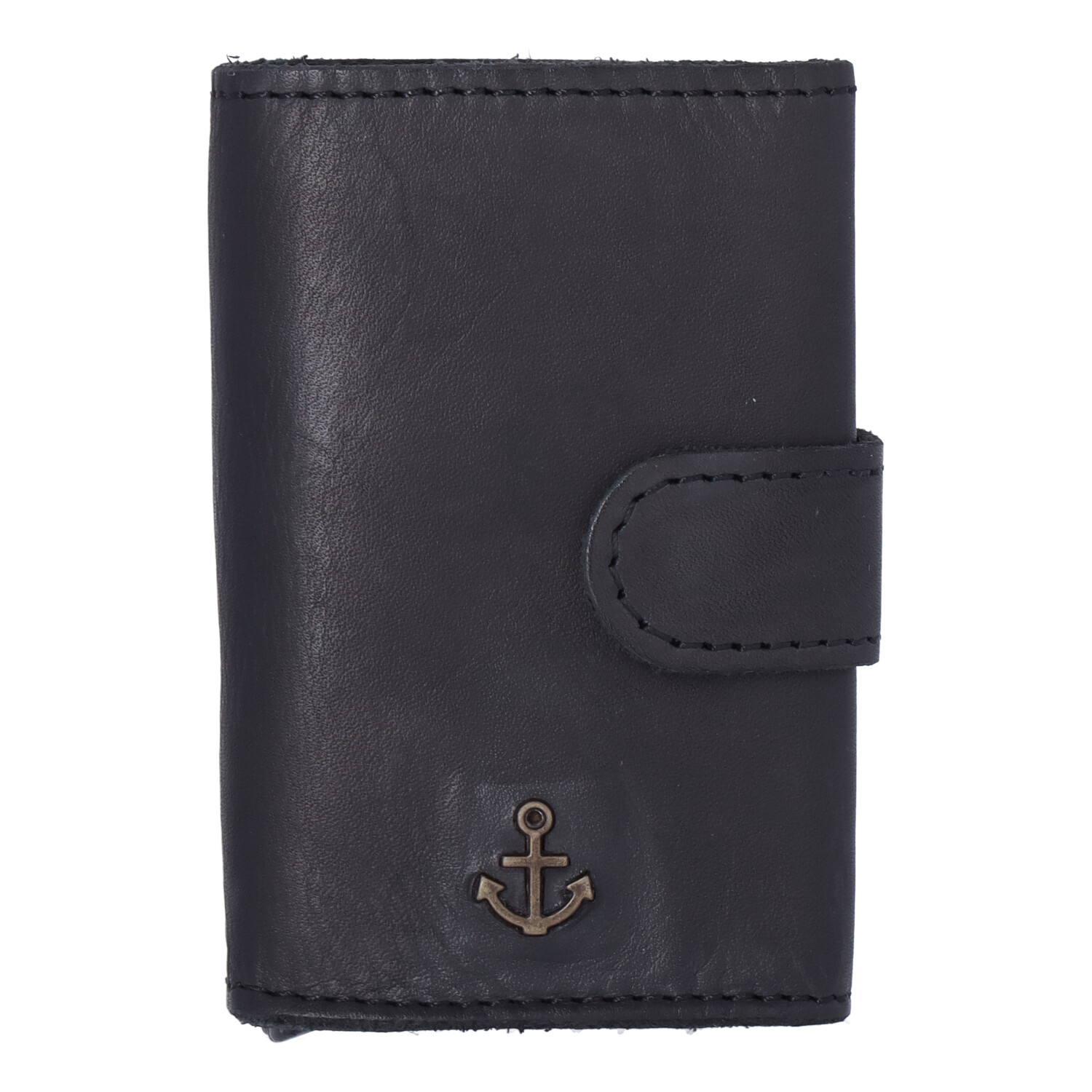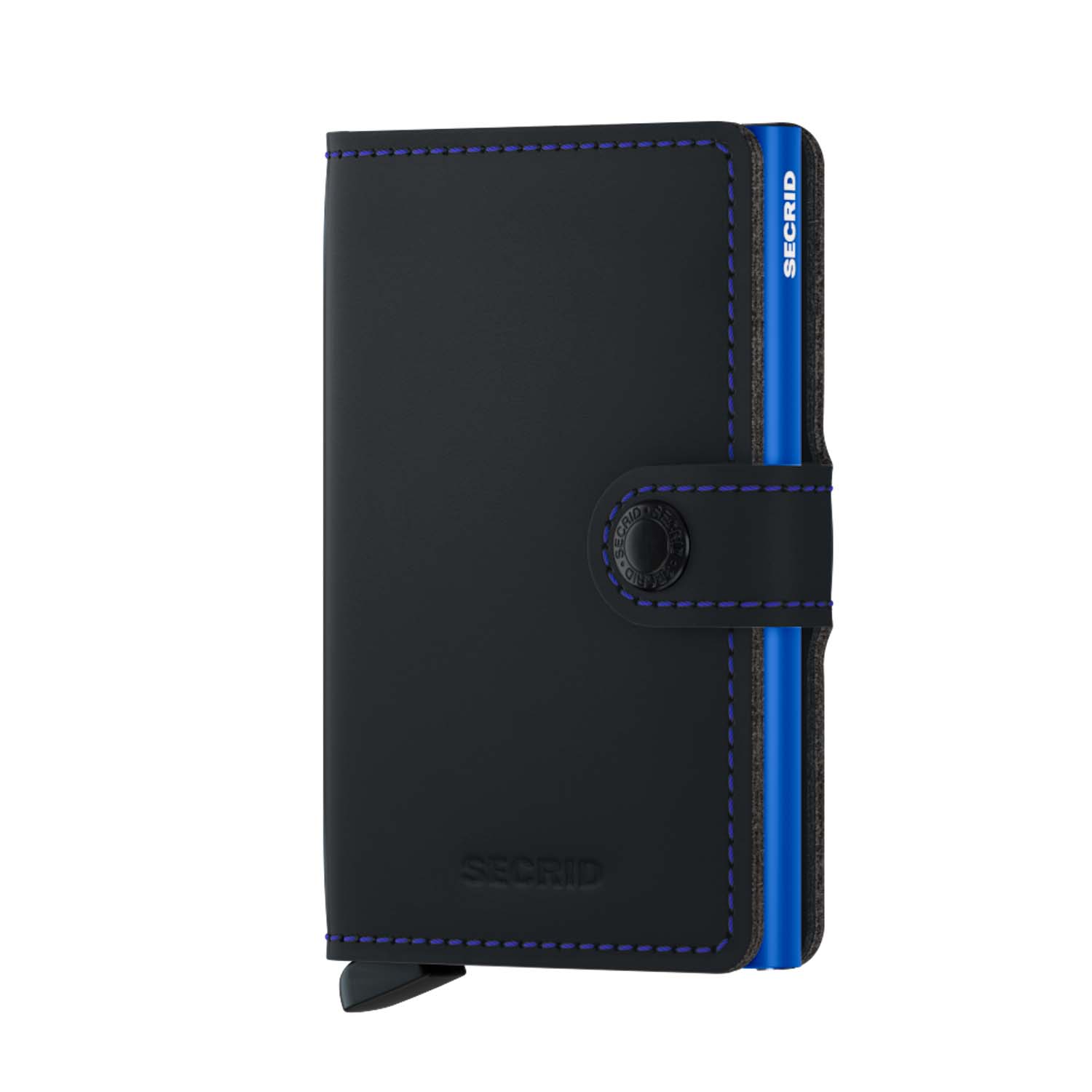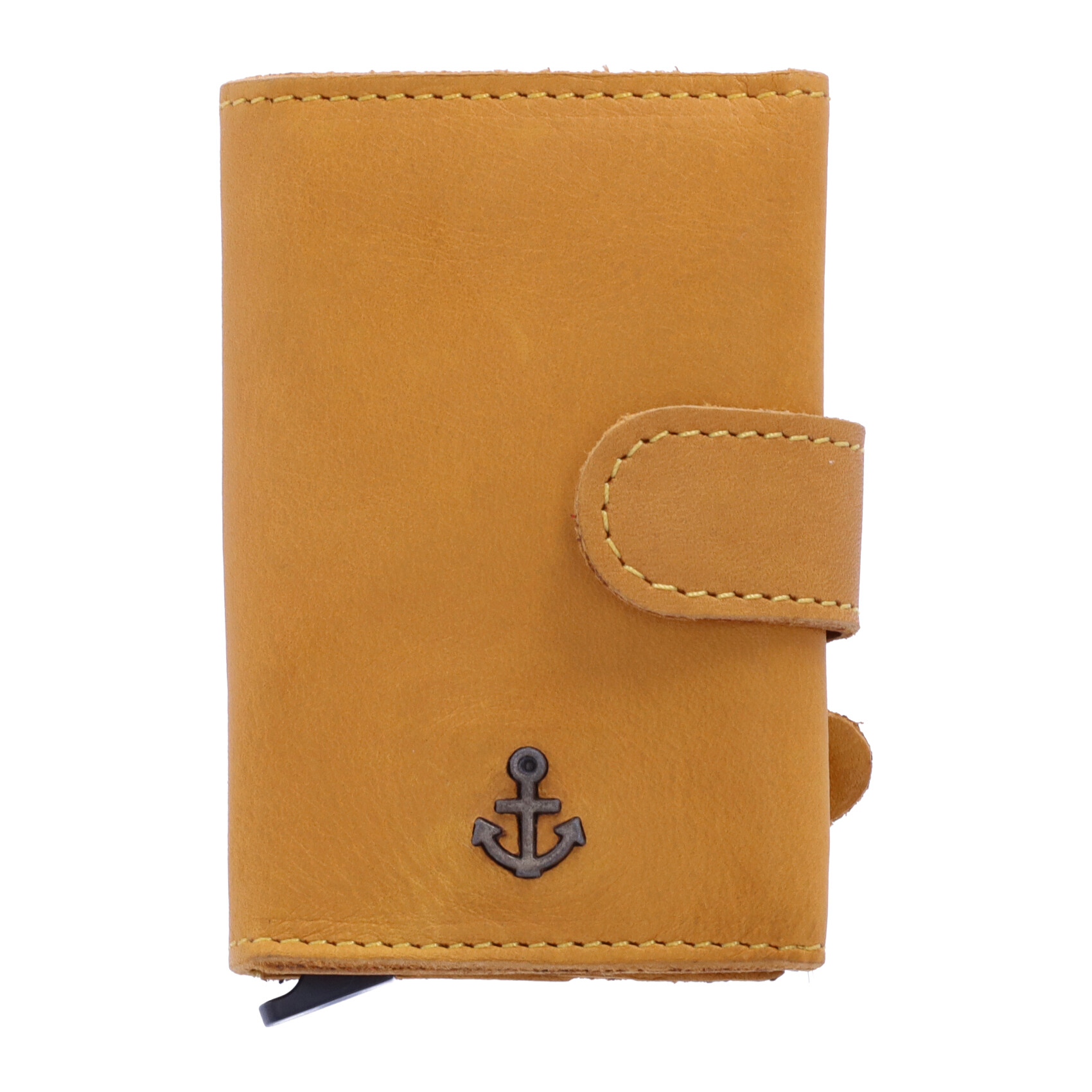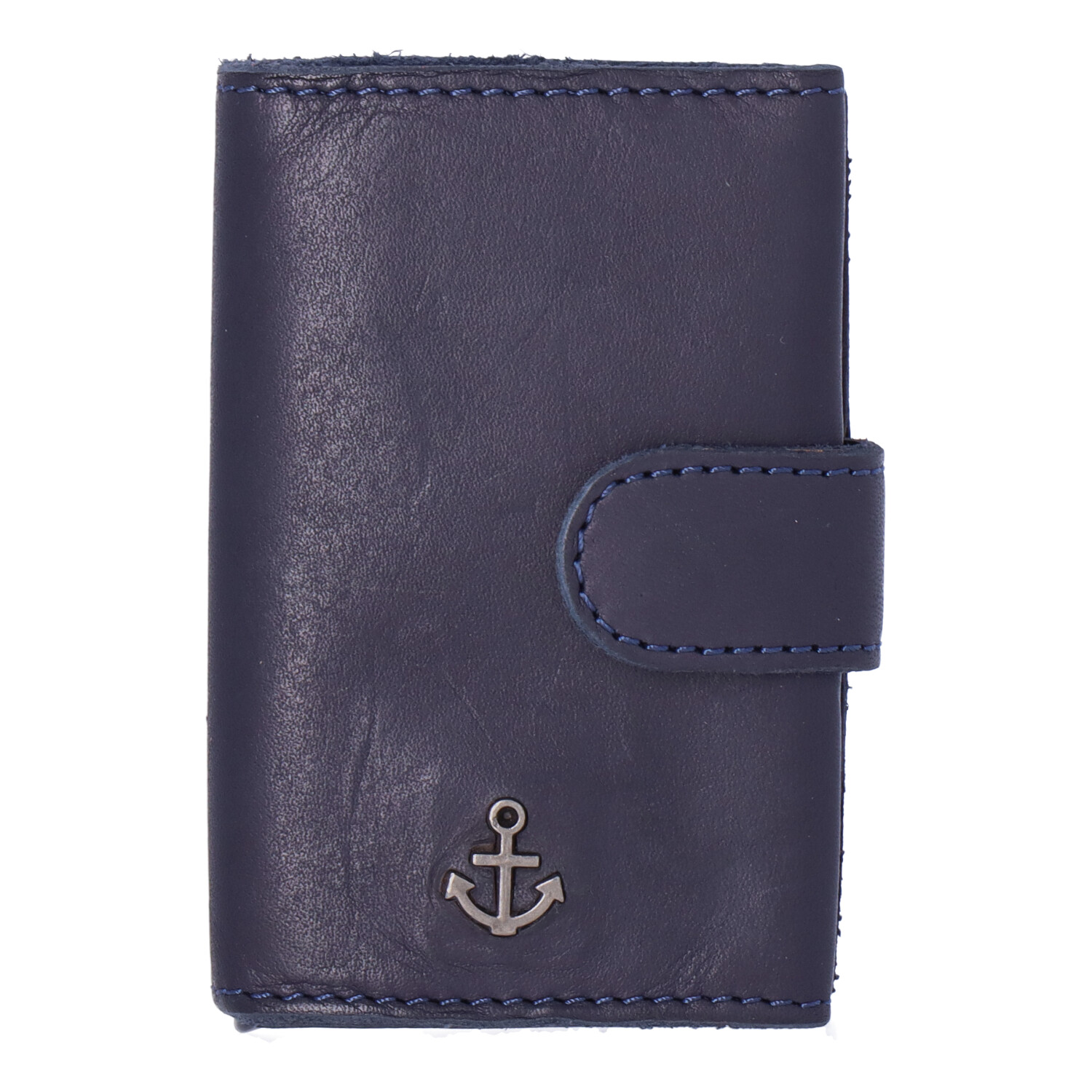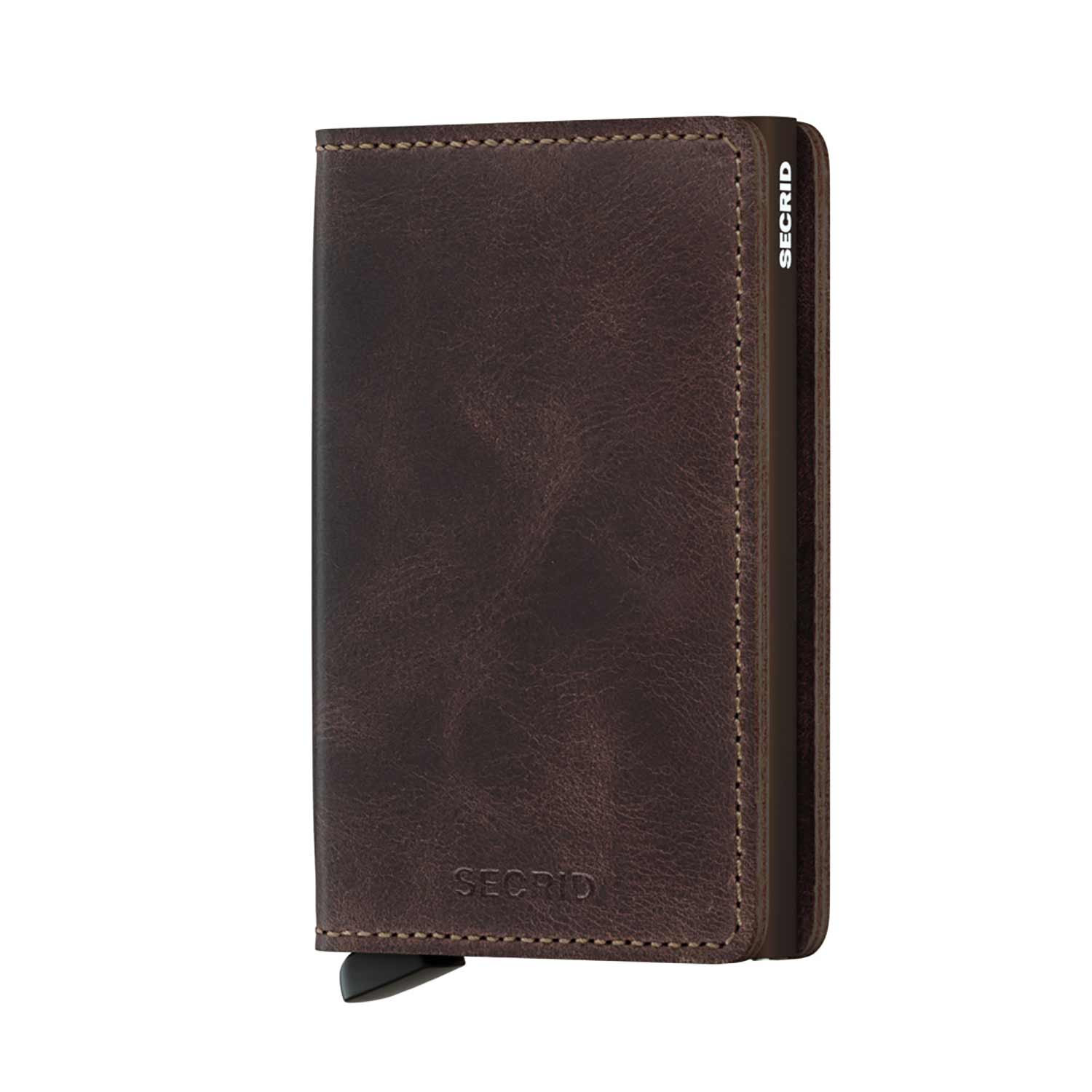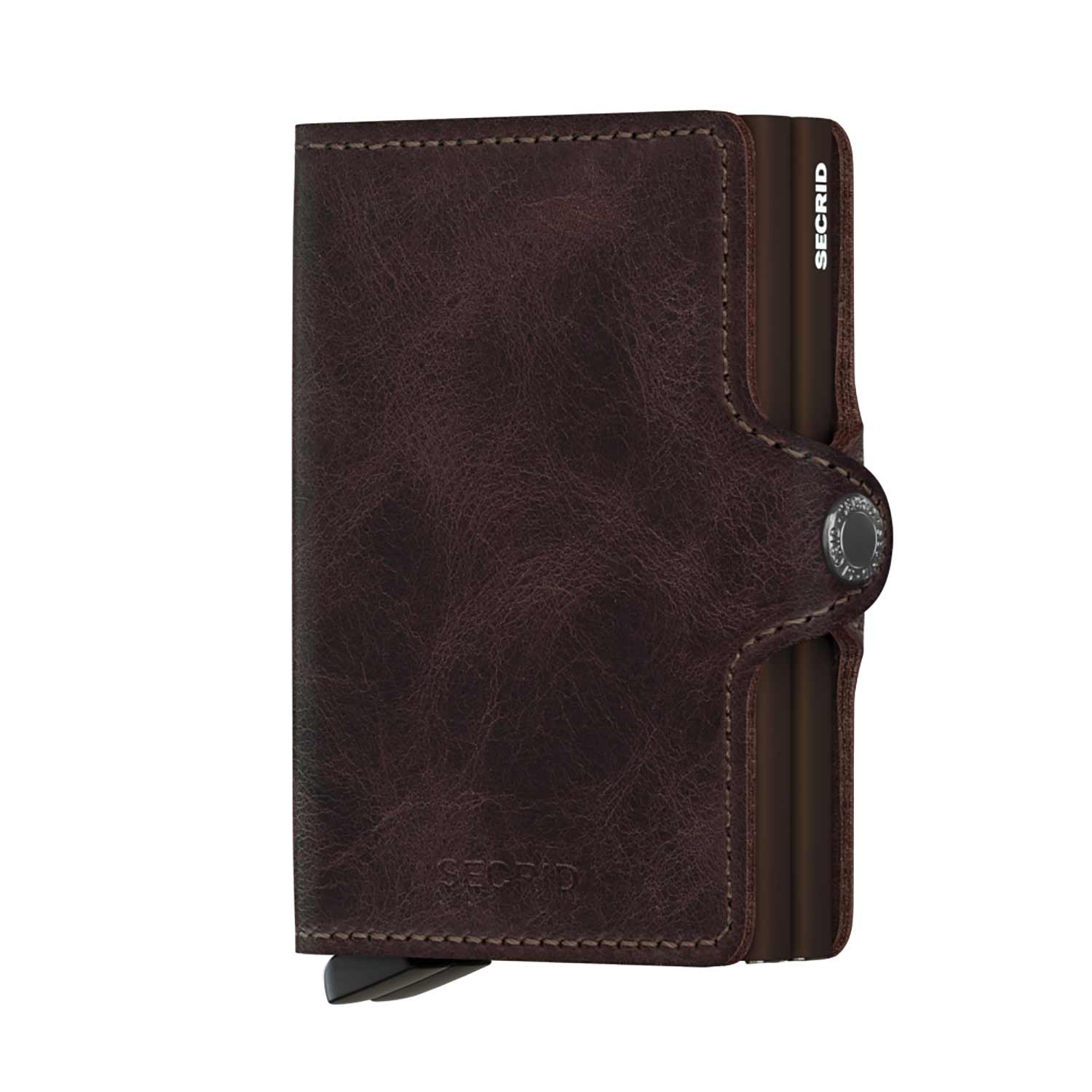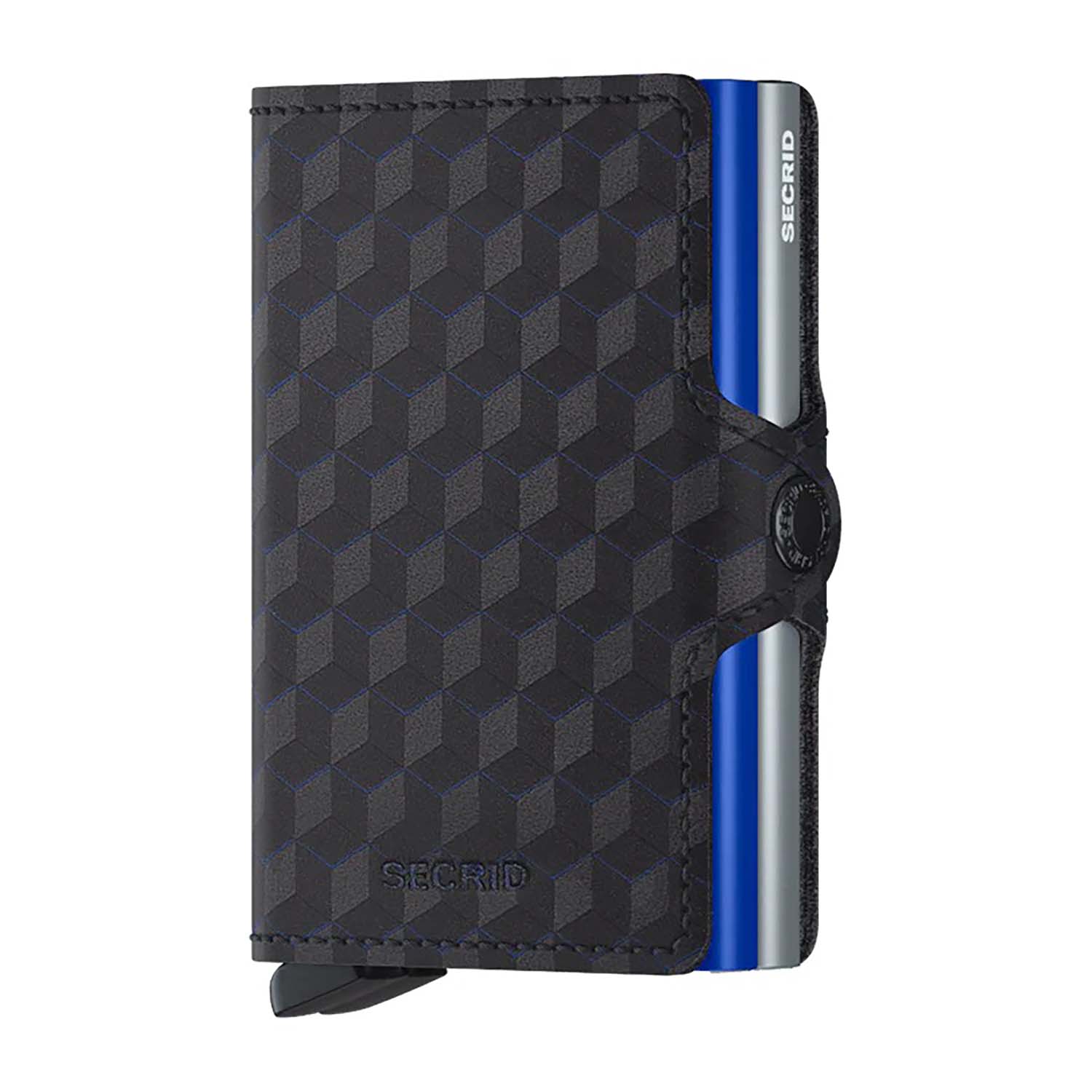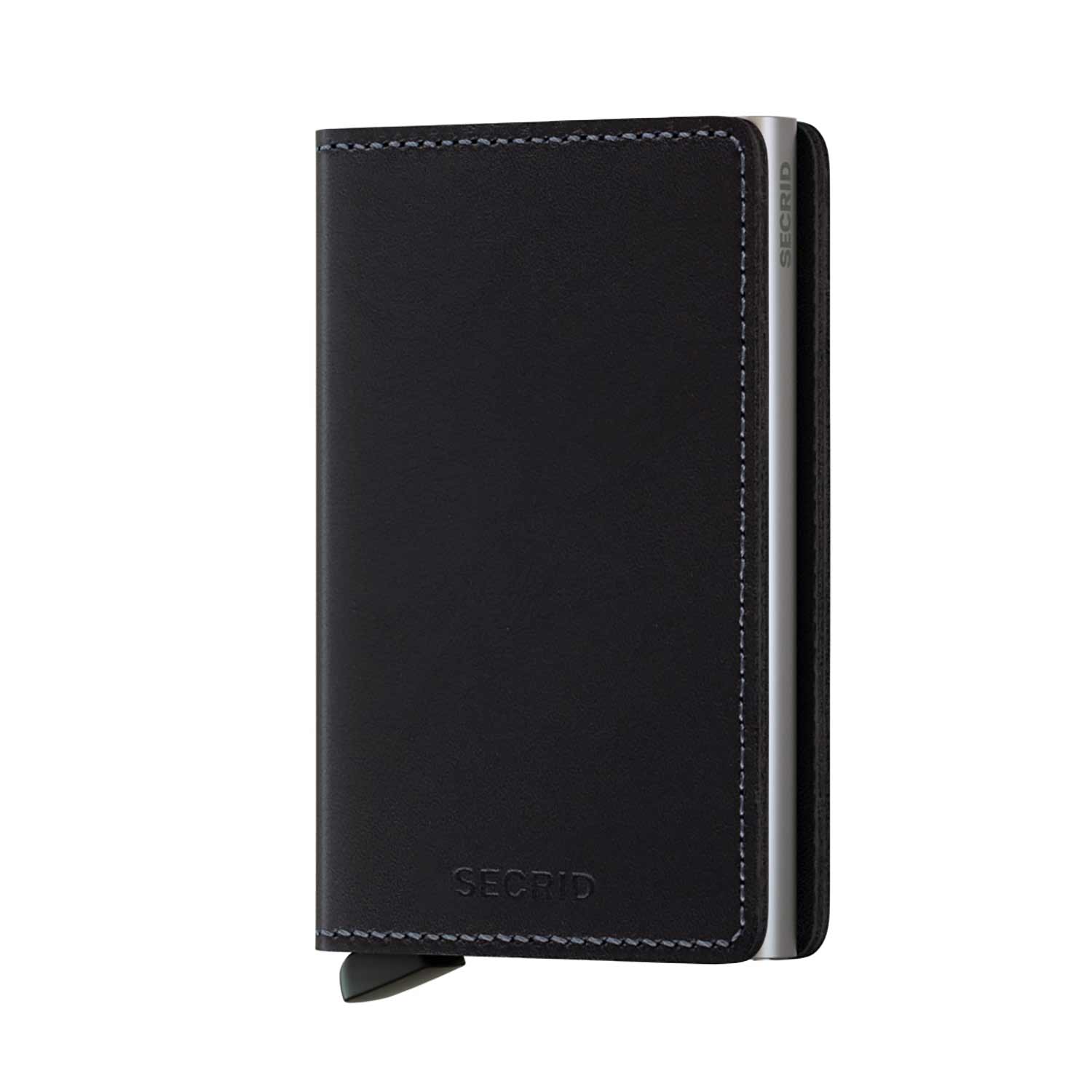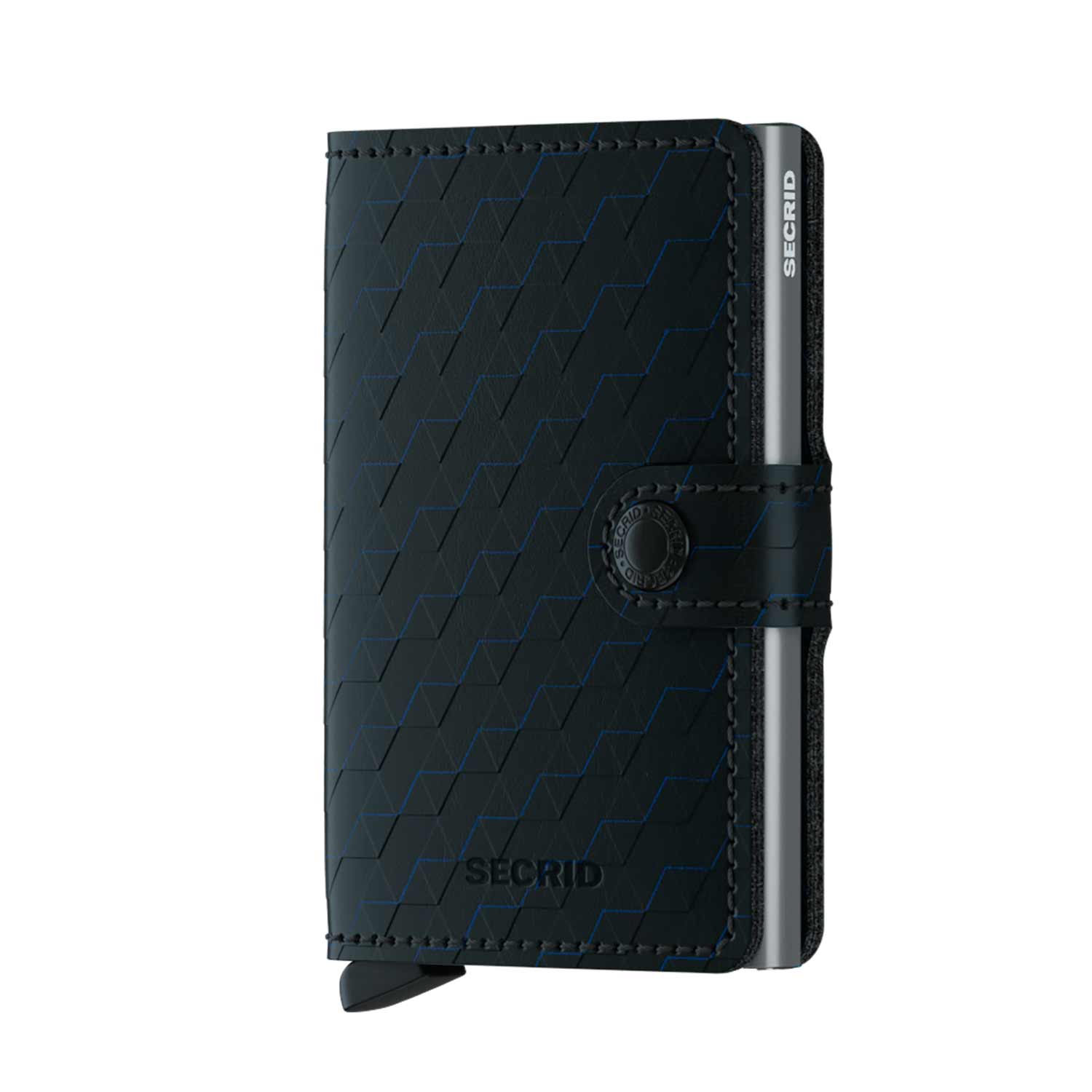RFID protection
What exactly does an RFID wallet do?
A wallet with RFID protection is a wallet that blocks the wireless communication of RFID chips. RFID is the abbreviation for Radio-Frequency Identification. Data stored on an RFID chip can be read contactlessly by a reader. RFID technology is used in many areas; debit and credit cards also have RFID chips and can therefore be read without authorisation.
You can protect yourself against such data theft from credit and bank cards: Wallets with RFID blockers interrupt data transfer via an interference signal. So as long as your card is in the secured wallet, your sensitive data is safe. However, you have to remove the card to pay - unfortunately, it is not possible to hold the wallet with RFID protection up to a reader.
As readers are becoming smaller and more inconspicuous, someone could access your card data in a crowded area - or if they are standing right behind you. When a credit or debit card is read via RFID, the card number, expiry date and the cardholder's name can be recorded. In principle, this data enables transactions or can be misused for fraudulent purposes - after all, you can also pay without entering a PIN. The problem with fraud is that you don't even realise it.
RFID wallet recommended for business and travelling
A wallet with RFID protection is particularly suitable for people who travel a lot and carry contactless payment cards as well as ID cards or other documents with RFID chips. Such a secure wallet is ideal for people who value security and want to protect themselves against identity theft and unauthorised reading of their personal data. Frequently requested brands are Secrid, Harbour2nd, Maître or The Chesterfield Brand.

